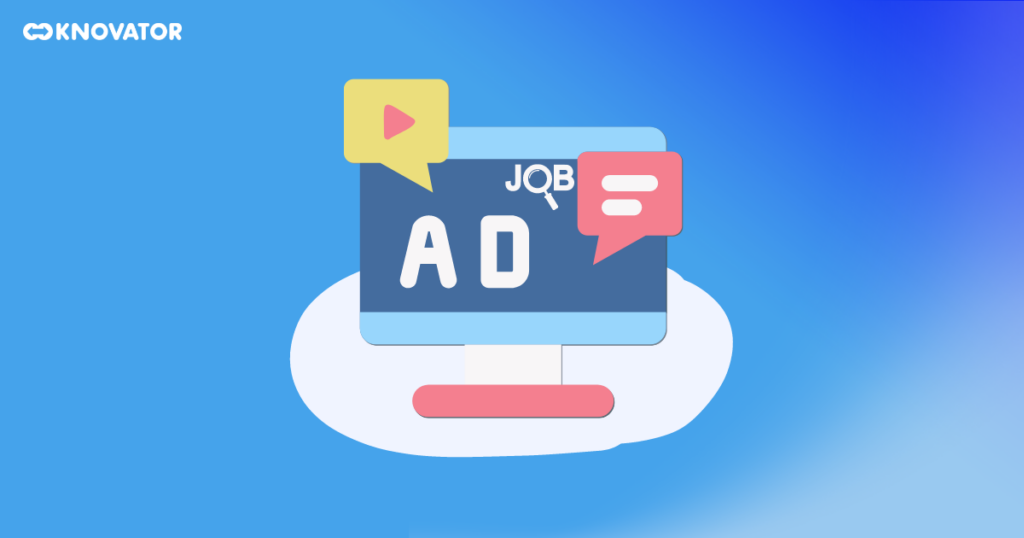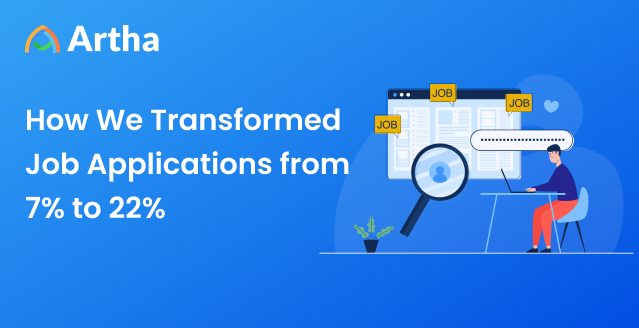Imagine a world where job seekers have everything they need in one place. No more hopping between websites or spending hours searching for the perfect opportunity. That’s the power of a job aggregator – a platform that gathers job postings from all over the web and presents them in a user-friendly way.
If you’ve ever thought about building a job aggregator, this guide is for you! We’ll walk you through the key steps involved, making sure it’s easy to understand, even if you’re new to this world.
Here, we’ll break down everything you need to know, from finding the best ways to collect job listings to designing a user-friendly interface that keeps job seekers coming back for more.
By the end of this guide, you’ll have a clear roadmap to building your own powerful job aggregator. Get ready to learn in this step-by-step guide about data collection methods, user experience design, and how to make your platform a success in the job search game!
What is a Job Board Aggregator?

Think of them as your job search superheroes. They consolidate these diverse postings into a single, searchable interface. This saves time and frustration. Results are filtered according to your requirements. This includes location, industry, keywords, and company size—no more jumping between websites, just a streamlined search for a dream career. But here’s the key difference from traditional job boards: aggregators don’t directly host the jobs. Instead, they act like a search engine, directing you to the source where you can apply. This means more information, options, and the need to follow through on different websites.
Related Read: Learn how web scraping powers job boards and aggregators
The Difference Between Job Boards and Job Board Aggregators

Job boards: Imagine them as specialized shops showcasing curated job listings. Employers directly post to these platforms, often targeting specific professions or industries. This means higher quality control and a narrower focus. It makes them ideal for targeted searches within your field. However, you might miss hidden gems from other sources if you have limited reach.
Job board aggregators: Think of them as bustling marketplaces. They host millions of listings from various corners of the internet. They use web crawlers to collect postings from job boards, company websites, and even social media. This offers a vast and diverse pool of opportunities. This broadens your scope but can lead to duplicates, outdated listings, and less-controlled content.
Ultimately, the choice depends on your needs. Job boards offer laser-focused results if you know exactly what you want. But aggregators might be your best bet if you’re open to exploring hidden gems and maximizing your options. Remember, you can even leverage both for a comprehensive job hunt.
Also Read: What features make a job board advanced?
How to Build a Job Aggregator?
You already know that the job market is dynamic, and navigating its ever-changing landscape can be daunting. Enter the job aggregator. A helpful platform fights the job search monster by bringing all the opportunities together in one easy-to-search place. But what if you dreamed of building your job aggregator? Don’t worry, this reliable guide will provide you with the information to start this exciting journey.
1. Choose a Niche for Your Job Board Aggregator

2. Scrape Jobs With That Niche From Trustworthy Websites

3. Optimize Your Job Board Aggregator for SEO

4. Keep Importing New and Relevant Jobs

Your journey doesn’t end here, consider these additional features to enhance your job aggregator:
- Advanced Search: Facilitate efficient search with filters based on location, skills, experience, and company size.
- Company Reviews: Integrate company review platforms like Glassdoor to give job seekers valuable insights.
- Job Alerts: Allow users to set up job alerts based on their preferences, informing them about relevant opportunities.
- Monetization: Explore ways to generate revenue, such as premium subscriptions, job board partnerships, and targeted advertising. Ensure a user-friendly experience.
Building a successful job aggregator requires dedication. It also requires technical skills and a keen understanding of the job market. But with the right tools, knowledge, and a dash of innovation, you can create a valuable platform. It empowers job seekers and connects them with their dream opportunities. So, channel your inner tech hero, embrace the challenge, and go ahead and conquer the job search landscape.
How to Monetize a Job Board Aggregator?
You’ve built a fantastic job board aggregator, a haven for job seekers and employers alike. But how do you keep the lights on and keep your platform growing? Here’s a deep dive into different ways to turn your website into a revenue machine, all while staying true to your mission:
1. Charge for a Job Post

2. Charge for Ad Space
Partner with companies or recruiters who want to reach your target audience. They can rent ad space on your platform, like eye-catching banners that don’t disrupt the job search experience. Think of it like renting out billboards on a busy highway! Want to add some interesting content while generating revenue? Companies can create sponsored articles or blog posts showcasing their jobs, company culture, or industry insights. It’s like a win-win: users get valuable information, and companies get noticed.
3. Charge for Resume Database

4. Do Programmatic Job Advertising

By implementing these strategies thoughtfully, you can transform your job board aggregator into a thriving business that fulfills its mission while becoming financially sustainable. Remember, it’s all about balancing: generate revenue, focus on user experience, and keep your platform valuable for job seekers and employers. By doing so, your job board aggregator will shine in the online job market.
The Problem Of Job Aggregators

- Information Overload: With tons of jobs in one place, it’s easy to get overwhelmed and miss the good stuff. Sorting through irrelevant listings can be time-consuming and frustrating.
- Outdated or Fake Jobs: Some aggregators struggle to keep their listings fresh. Job seekers might find outdated jobs or even fake ones, wasting their precious job-hunting time.
- Privacy Concerns: Job seekers sharing their resume or information on an aggregator might mean different companies have access to it. This makes candidates concerned of your privacy settings and the kind of information you share.
- Unequal Playing Field: Smaller companies might get lost in the sea of listings, while bigger ones with bigger budgets can stand out more easily. This can make it harder for small scale companies to find qualified candidates.
So, while job aggregators can be helpful, it’s important to be aware of their limitations and use them wisely.
Build Your Dream – Empower the Job Hunt
Building a job aggregator is an ambitious yet rewarding journey. You’ll equip job seekers with the power to explore diverse options, while connecting employers with qualified candidates. Remember, the key lies in balance. Choose a niche, focus on user experience, and maintain fresh, relevant content. Explore monetization strategies thoughtfully, ensuring they benefit both users and your platform’s sustainability.
So, are you ready to begin this exciting quest? With dedication, technical prowess, and a dash of innovation, you can build a thriving job aggregator that empowers the job hunt and makes a lasting impact on the online marketplace. You can Also Read : List of open source software







